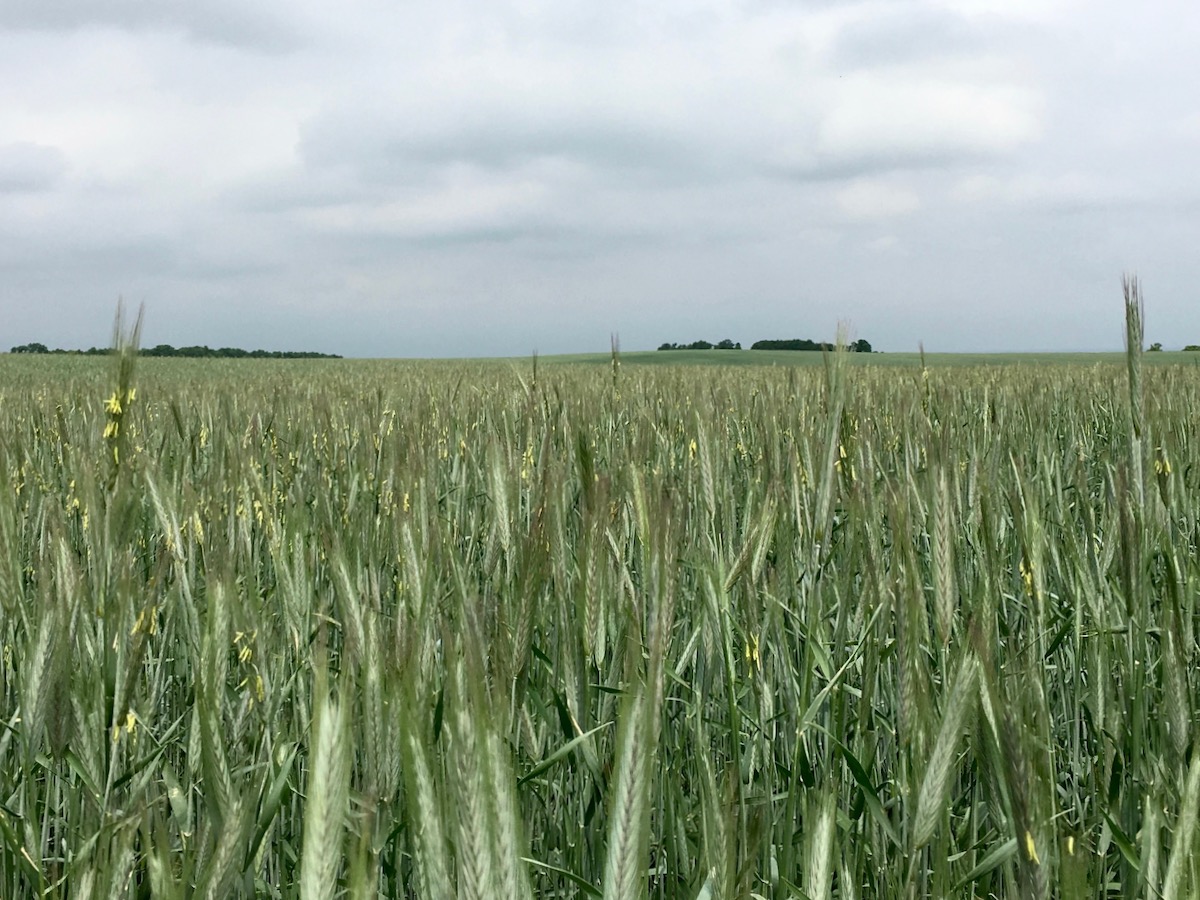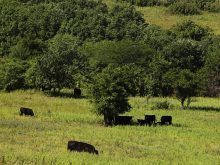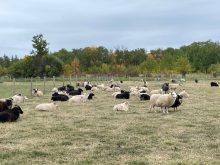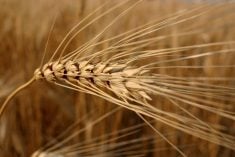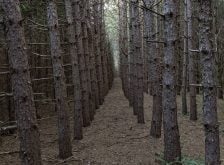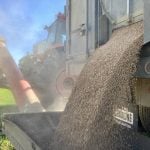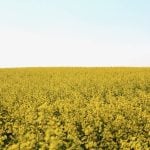Yes, it can be done, by following these directions. Of course, there will be skeptics, but I am dealing with the facts and not concocted opinions.
First of all, if you read my previous articles in Grainews, you will come to the factual opinion that wheat, barley and oats undergo closed pollination — that is, pollination takes place in the unopened flowers. If the flowers of wheat, barley and oats have sufficient copper micronutrients, they will stay closed and will self-fertilize before opening.
The only significant exception is if these closed-pollinated cereals are very deficient in boron. Boron deficiency, usually at less than 0.2 parts per million (p.p.m.) in the topsoil, causes pollen uptake failure and the unpollinated flowers will open. Severe boron deficiency is only known to occur in Eastern Canada, whereas copper deficiency is very common nationally in sandy and organic soils and, in particular, in the Prairies.
Read Also

Gentle treatments for pain in the neck
Heading toward year-end, people unknowingly tense up against the cold and busyness, causing neck pain that can often be treated with appropriate support and gentle mobility, athletic therapist Kathlyn Hossack says.
Along with rye and triticale, wild and cultivated grasses are open-pollinated and all are susceptible to ergot infection. So what’s the solution? Could we develop closed-pollinated rye? Perhaps in the future.
Meanwhile, what’s the solution to keeping rye free of ergot contamination? At present, some 50 per cent of rye grown in Prairie Canada is from newer hybrids first grown in 2014. The hybrids are said to yield some 20-40 per cent better than the non-hybrid types and are said to be less susceptible to ergot infection. This is due to the shorter pollination time for the open flowers of the hybrids over conventional rye. Once rye flowers are pollinated, they become immune to ergot infection.
Now let’s begin with information I was told some 50 years ago in Ontario and later on in Alberta: rye should be grown on sandy soils or soils high in organic (peat) matter. It was stated that rye did much better on these soils than all other cereals. I did some investigating over the years and found rye had what researchers in Scotland said are copper efficiency genes. In other words, rye was able to grow on soils that were low or deficient in copper and yield much better than wheat.
When you grow wheat and barley in particular on these sandy or organic soils, the deficiency of copper can cause yield losses of 10 to even 100 per cent. This is very true of wet springs and summers that result in shallow rooting where the copper levels are most deficient. Such copper-deficient soils occupy some 30 per cent in Alberta, 10 per cent in Saskatchewan and 15 per cent perhaps in Manitoba. Think: you have grown crops on these fields for 100 years or more, and every crop removes a few grams of copper per acre. You are exhausting the sandy soils in particular, which had low levels of available copper to begin with.
Please, please read “Copper Deficiency: Diagnosis and Correction” (Agdex 532 – 3, Alberta Agriculture Agri-Facts). You’ll get a proper understanding.
So, if you grow rye on these sandy or organic soils because it yields better than other grains, you are growing it in cropland that’s most likely harbouring ergots from previously-grown wheat and barley crops. In other words, these wheat and barley crops infest the soil annually with ergots — then you plant rye.
You are a rye-growing farmer, so what can you do?
- Check your harvested wheat and barley crops for ergot. This means you have some degree of copper deficiency.
- Avoid seeding rye in these fields that have ergots in your wheat, barley or even oats.
- Apply early-boot foliar copper to your wheat, barley and perhaps oat crops to reduce or eliminate copper deficiency and the consequent ergots.
- Remember, when wheat and barley heads are infected with ergots, most of these ergots often fall to the ground before harvest.
- If you have any doubts about the absolute correlation between ergots in wheat and barley and copper deficiency, apply three to five pounds of copper as copper sulphate to about 10-20 acres of cropland. That amount of copper sulphate, 12 – 20 lbs., will be good for 20 years or more if you have copper deficient cropland. (Copper sulphate is 25 per cent copper by weight.)
I get so frustrated with these armchair scientists who pay little or no attention to crop micronutrient needs in Canada. In Ontario they recommend growing winter or spring rye on the now-available sandy cropland that grew tobacco. Were they to add copper to this soil, they could grow wheat, barley or any other cereal crop. In the B.C. Peace region, on the other hand, where they have large acreages of sandy soil, they now pay particular attention to soil copper levels with excellent crop yield results.
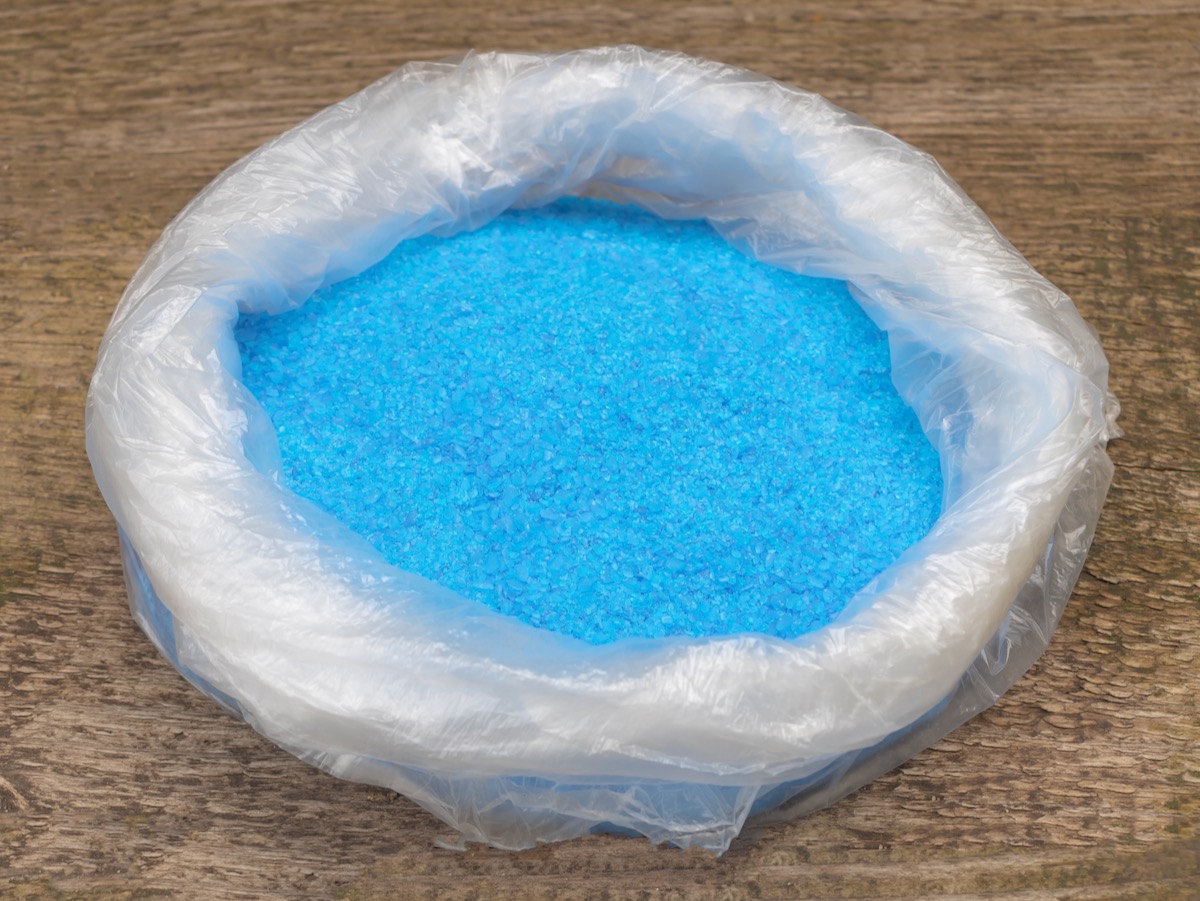
Additional factors for ergot-free rye
Most soils on the Canadian Prairies still have fair to good soil copper levels, with six million to seven million acres of copper-deficient cropland.
Obviously, then, one of the answers to get ergot-free rye is to grow the crop in soils with adequate levels of 1.5 to five p.p.m. of available copper in the top six inches (15 cm). Then there will be no ergots on your wheat, barley or oats.
Mow all grasses on crop headlands where you plan to grow a rye crop at least >a year< in advance to eliminate ergot formation on the wild grasses.
Ensure all of your cropland is adequately fertilized with copper. Yes, it’s expensive, but so is yield loss. Copper sulphate is around US$2,400 per tonne or more at present. Connect the dots — at 12 to 20 lbs. per acre, that’s US$12-$20 an acre, or Cdn$18-$30. Expensive. Then compare 40 bushels of sample wheat that could have been 70 bushels of No. 2, then you are talking 30 x $10/bu., or Cdn$300 per acre just for year one. The copper at that rate applied is good for 20 years or so, since it does not leach. It stays in the soil until it’s used up. So, can you do a 10- or 20-acre strip if you have an ergot problem? Go for it.
Ergots in grain for feed should not be more than 0.1 per cent, or one ergot per 1,000 wheat grains — put another way, two to three p.p.m., weight wise. In hog feed, there’s zero tolerance for ergot.
Follow-up facts
I got a call from a B.C. cattleman who lost seven head of cattle due to ergot in cattle feed screening in 2024.
To reiterate: ergot infestation is not due to prolonged flowering and wet soil conditions. It’s due to the shallow rooting of the wheat, barley and oat grains in the most copper-deficient parts of the soil. This leads to pollen sterility due to a lack of copper and open flowering resulting in either a) missing grains, b) cross-pollination from another nearby wheat (or barley or oat) field, or c) an ergot infection.
Get this clearly in your mind, if you as a grower, 1) remove any source of ergot infection due to copper deficiency in wheat, barley or oat, or 2) prevent any headland grasses from heading out, including any on nearby grass pasture, then you have no ergot inoculum (source) near your rye crop.
Copper has no role in ergot infection in rye or triticale, but it’s the key to the primary source. The absolute role that it plays — by its absence — in ergot infection is in closed-pollinated wheat, barley and oat.
This role that this micronutrient has in the world’s cereal crops is slowly sinking in. Yes, you can grow ergot-free rye, or triticale for that matter.
Back in 1999 a colleague and I checked out a field of wheat near Moosomin, Sask. in early August. The field was 90 per cent wheat and about 10 per cent rye. The rye could have been mixed deliberately or volunteer plants from the previous year. I offered a bet of $10 for the first wheat plant with an ergot — none was found after around 40 minutes. At the same time, virtually every rye plant had one to 10 ergots. We did find the odd rye that was ergot-free. Why? The soil likely had good copper levels and all of the wheat heads were able to “closed-pollinate” without a single wheat plant showing any ergot infection.
Until next time: A fact is information without emotion.
A reasoned opinion is information plus experience.
Ignorance is an opinion lacking information.
Stupidity is an opinion that ignores fact.


